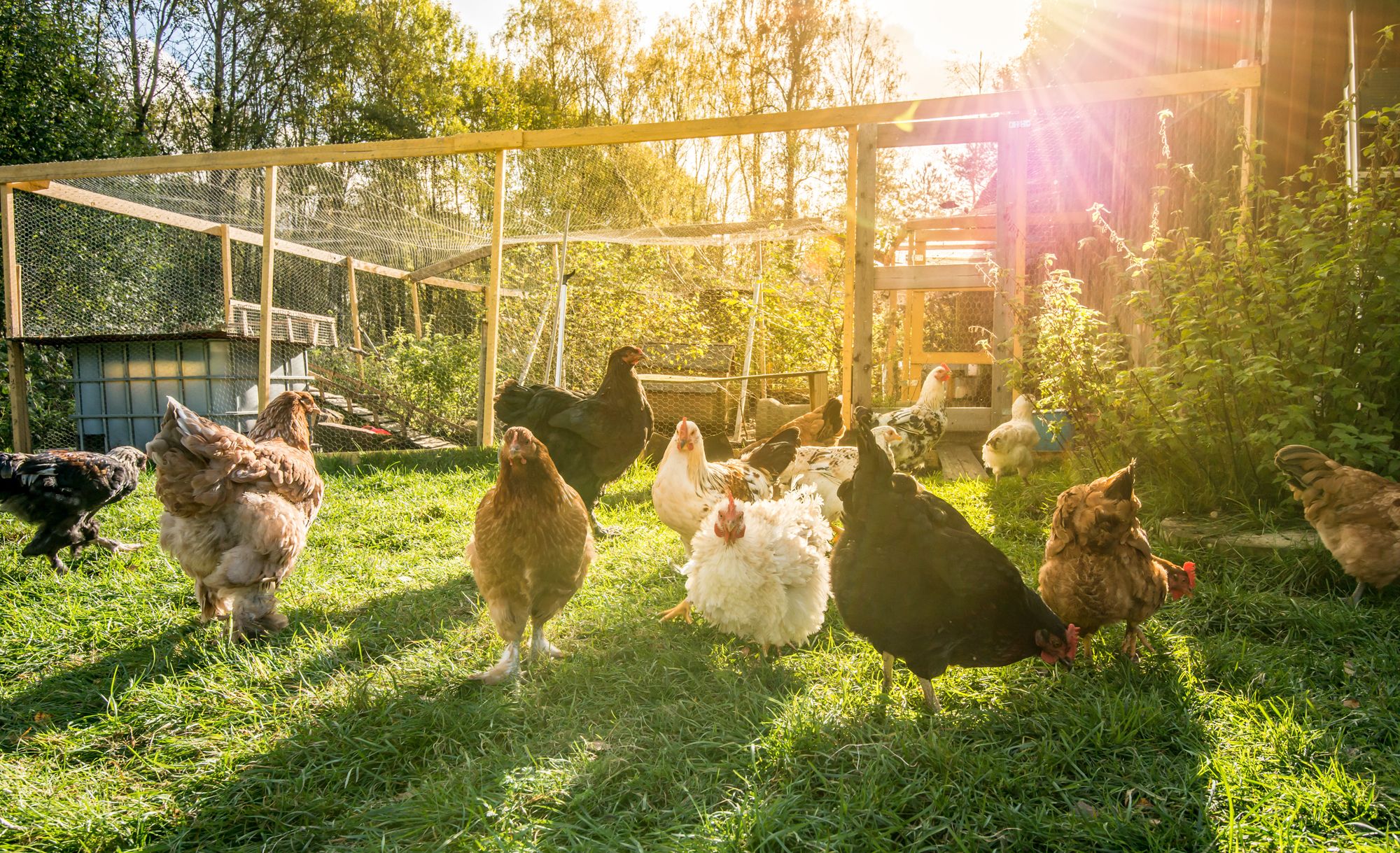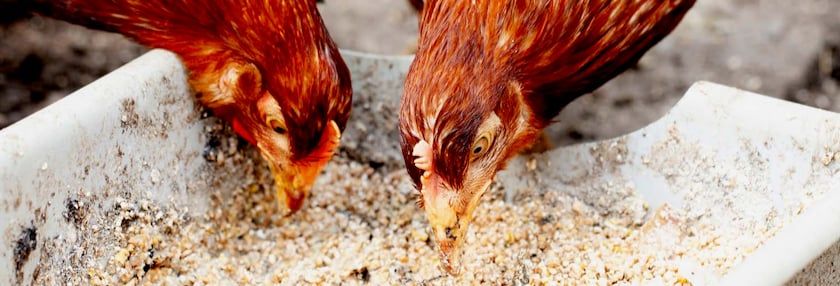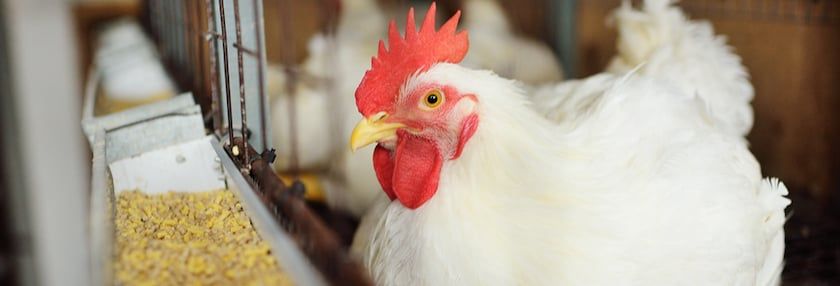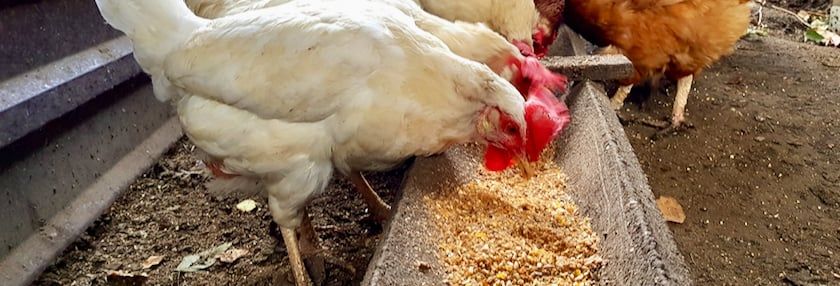Hot Chicken Surprise


Heat stress is more common than you might think. Here's how to deal with it.
Heat stress is a form of physiological stress that occurs when birds are subjected to temperatures higher than their thermoneutral zone (roughly between 60°F. and 75°F. for adult birds).
Outside of this zone, birds struggle to maintain their body temperature and undergo stress which elicits physiological, behavioral, and production changes.
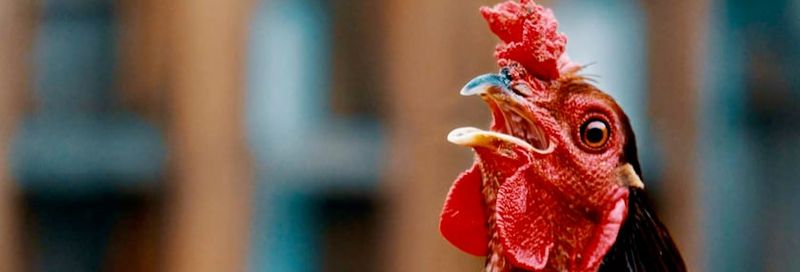
Compared with cold stress, the potential for heat stress is higher because of metabolic heat production and additional body heat generated because of other stressors or inflammation.
What can cause heat stress?
High ambient temperature is the most obvious cause of heat stress, but factors such as humidity, stocking density, and ventilation can also be contributing factors.
As we move into the summer months, be aware that birds can get overheated and that directly affects their health and well-being.
Many parts of the US, experience several days in a row with temperatures in the 80s, 90s, or higher. In the Midwest and Southeast, daily humidity can roughly average between 70% and 75% (Figure 1) This puts our birds in the Danger Zone at any temperature above 80°F. (Figure 2).
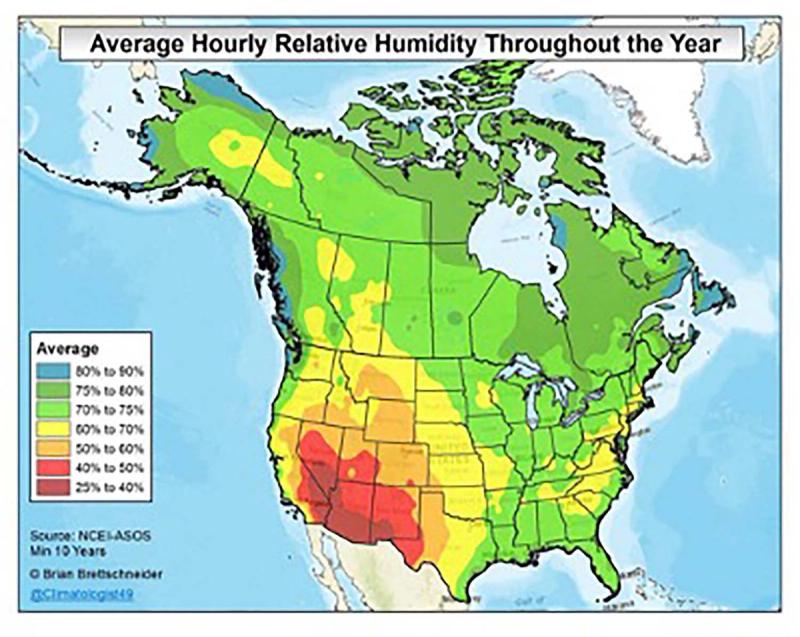
When temperatures climb past 100°F., we’re almost certainly in the Emergency Zone, even in parts of the country with low relative humidity like the Southwest.
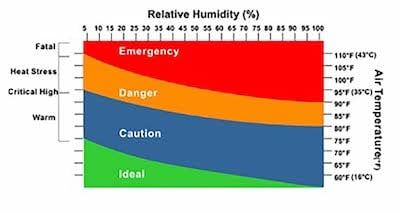
These graphics show that as relative humidity increases, the temperature at which heat stress occurs decreases.
Panting is the primary way for birds to rid themselves of excess heat, but high humidity hinders the process of evaporative cooling. Birds don’t have sweat glands, so they pant to release heat; this is an indicator that they are working to try to maintain their body temperature.
Backyard flocks typically don’t have a problem with too many birds in a small area, but be aware that too high of a stocking density or improper coop ventilation can contribute to heat stress and make it harder for birds to control their body temperature.
Note behavioral changes
Under heat stress, chickens will do everything they can to regulate their body temperature, including fast and shallow panting accompanied by gular fluttering (evaporative cooling), raising their wings (convective cooling), and stretching out their legs (conductive cooling).

Moisture loss due from panting is countered by increased water consumption. Other signs of heat stress are lethargy and less time spent moving or walking.
Physiological changes
Along with the behaviors that we can observe, birds undergoing heat stress experience various physiological changes that can be harmful to their immediate or long-term health.
Oxidative stress is caused by an imbalance of reactive oxygen species (ROS) molecules and available antioxidant capacity. Heat stress results in excessive ROS production and decreases antioxidant capacity resulting in cell and tissue damage.
Under normal conditions acid-base balance is precisely controlled because even small deviations from normal blood pH range can lead to severe organ damage. When birds pant excessively, as they do when undergoing heat stress, they expire CO2 at a much higher rate than normal, which can cause blood pH to exceed the normal range.
Heat stress also inhibits immune function and decreases antibody production.
Organs associated with the immune system such as the spleen, thymus, and lymphoid organs regress in heat-stressed birds. As a result, white blood cell counts are significantly decreased, and birds are more susceptible to disease.
Production changes
As you might guess, these physiological changes are harmful to your birds’ health and negatively impact production. Birds experiencing heat stress may have a poor feed conversion ratio, reduced body weight, reduced egg production and quality, and reduced meat quality.
If birds are subjected to the Emergency Zone, then we can also expect increased mortality. Anyone who raises poultry as a source of income knows the economic impact that a sudden drop in performance or lost birds can bring. The small cost per bird in an ounce of prevention is well worth it.
Nutritional and management strategies
The most important management strategies to help birds cope with heat stress are to provide adequate shade and shelter for pastured birds, proper coop ventilation, and a steady supply of fresh, clean water.
Nutritionally, vitamins, minerals, electrolytes, antioxidants, and phytonutrient supplementation can help birds deal with heat stress.
Vitamins—Vitamin supplementation is a great way to minimize the effects of heat stress. Vitamin E helps protect cell membranes from ROS and increases immune cell numbers. Supplementation of vitamin C allows for the non-enzymatic regeneration of vitamin E. Additionally, supplementary vitamin A can help maintain weight gain and feed efficiency and B-complex vitamins can help improve immune function.
Dietary Electrolyte Balance—Dietary electrolyte balance (DEB) is the balance between sodium and potassium (which are positively charged ions) and chloride (negatively charged ions). Heat stress disrupts the balance resulting in reduced feed intake and performance. Electrolytes such as sodium bicarbonate or potassium chloride can help maintain DEB. If birds are visibly showing signs of heat stress, 2 teaspoons of baking soda per gallon of water may help to maintain electrolyte balance and minimize loss of performance.
Phytonutrients—Various phytonutrients have been shown to exhibit antioxidant, anti-inflammatory, antimicrobial, and immunomodulatory effects.
In one study, rosemary, dill, and chicory essential oils significantly improved laying hen performance under heat stress. These plant extracts increased plasma glutathione peroxidase activity which is responsible for enzymatic regeneration of vitamin E.
Helpful phytonutrient products
Tasco kelp has been shown to increase resistance to heat stress in many species. It contains a high amount of natural trace minerals and electrolytes. The downside is that it takes a relatively large amount to be effective and thus, is very expensive.
Another promising phytonutrient additive is Macleaya cordata (Plume Poppy) extract. Tucker Milling Show Flock poultry feeds contain the Macleaya cordata product Sangrovit. In one scientific study published in the February 2021 issue of Poultry Science, birds that were heat stressed without Sangrovit in their feed exhibited signs of oxidative stress, intestinal barrier dysfunction, and excessive protein break-down, while supplemented birds did not.
During times when birds might be in the Danger or Emergency Zones, a water-soluble solution called Chicken Delyte that combines Sangrovit with vitamins, electrolytes, prebiotics, and probiotics is available at Tucker Milling dealers for an all-in-one solution.
Summary
Heat stress can occur at relatively common outside temperatures, especially in parts of the country with high humidity. Investment in a high-quality feed with higher levels of vitamins, minerals, and phytonutrients can help birds survive hot summer months comfortably. Water-soluble supplements are the easiest method for backyard flock owners to provide more support during extreme temperature or humidity.
Tags:Feed4Thought

Chicken Whisperer is part of the Catalyst Communications Network publication family.







